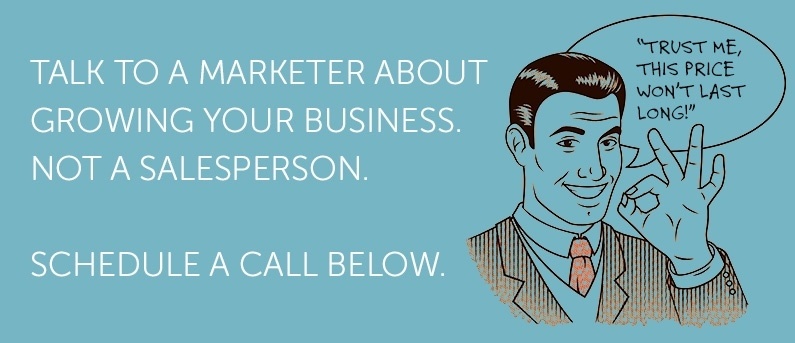Since marketers are now coming into the process after the initial decisions (where to get answers and information, which companies to approach), are made by the consumer, their job is increasingly becoming more about identifying which of these leads should be nurtured into the sales funnel.
The question then becomes: How do you sort the qualified lead from the non-qualified one? According to Marketo, only 25% of leads who come to you are ready to buy, but a mere 10% improvement in lead quality adds up to a 40% increase in sales productivity. It’s up to you to discover which ones are hot and which ones are not.
Lead scoring is a process by which you can identify which buyers are most likely to buy from you. It’s a critical part of your sales cycle.
What is Lead Scoring?
Lead scoring is a method of assigning points to your prospects. Those who seem to be the most seriously interested in your offerings will receive more points. The higher the score, the more likely that the lead will successfully go through the sales funnel.
There are several ways to determine what score to assign to a lead. Most lead scoring systems rely on both explicit and implicit information about consumers to make this determination.
Examples of explicit information would be:
- Their industry
- The size of their company
- Geographic location
- Job title/responsibilities
- Demographics
- Website pages visited
- Items downloaded
- Email habits
- Click-throughs
Using implicit information, marketers can take into account consumer behavior when assigning a score. The process of finding the right buyer is refined, and fewer marketing dollars are spent on unqualified prospects. Higher-scoring leads can be passed on to the sales team, who then has only the hottest leads to work with. Ultimately, this is how lead scoring improves the efficiency of the sales cycle.
Here are other factors to consider when building your score for each lead:
1. Company Score: are you receiving a lot of leads from one company or location? This could indicate an opportunity to start a project with this company. Give these leads higher scores and add them up to get a total Company Score.
2. Product/Services Score: Score by interest in each product or product line to determine who is interested in what.
3. Inactivity Deduction: If your lead hasn’t visited your site or shown any activity for a while, you can deduct points to lower their score.
4. Sales-Ready Score: Decide what score is the threshold at which you hand the lead to the sales team.
Of course, once you determine your lead scoring method and factors, continue to evaluate them with the sales team to make sure that you are on track. As you have more contact with prospective buyers you will learn more and more about their likes, dislikes and habits. You will find out that the person who downloaded that white paper might not be as ready to buy as you thought. Or, you might discover a hot lead who went unnoticed because their behavior didn’t trigger your lead scoring process.
Whatever your process, using a lead scoring method will ensure that your resources go primarily to the most qualified leads. And that’s good news for your bottom line.


